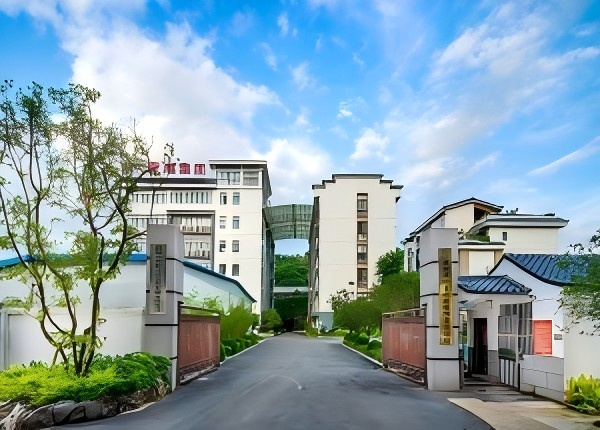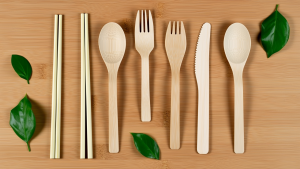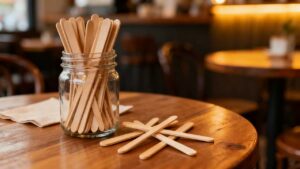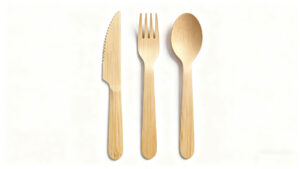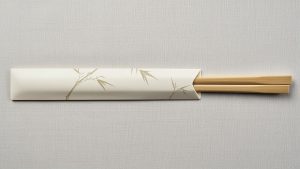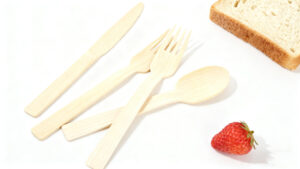Plastic cutlery fills landfills for 450+ years - while wood decomposes in 90 days. Discover why 78% of US restaurants now mandate biodegradable alternatives.
Wooden cutlery eliminates microplastic contamination risks (100% food-safe), provides natural antimicrobial properties (85% fewer bacteria than plastic), and qualifies for single-use plastic ban exemptions in 19 countries.
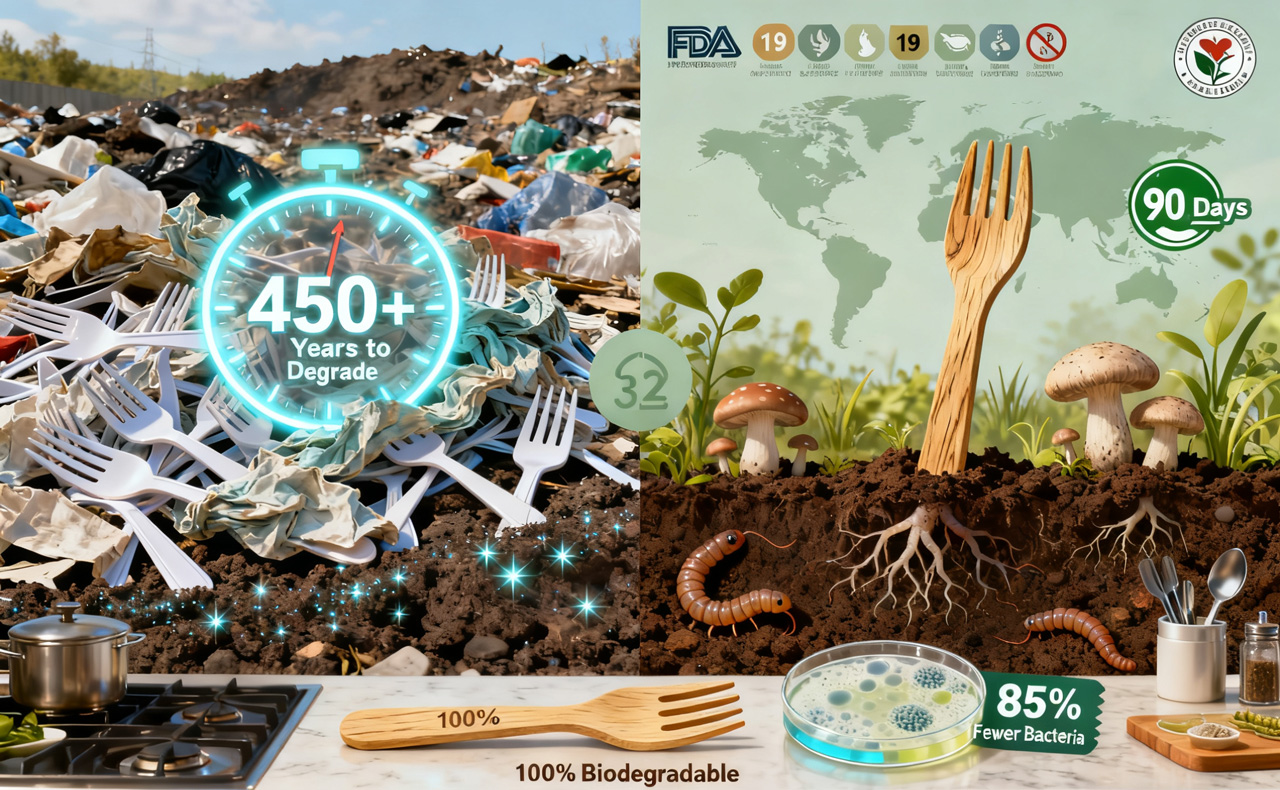 This seismic shift requires bulk buyers to develop responsible sourcing strategies - here's what industry leaders evaluate.
This seismic shift requires bulk buyers to develop responsible sourcing strategies - here's what industry leaders evaluate.
How Can Bulk Buyers Ensure Sustainable Sourcing from Wooden Cutlery Suppliers?
A major chain's "eco" cutlery contained illegal rainforest timber - these forensic sourcing methods prevent greenwashing scandals. Reputable suppliers provide blockchain-tracked wood provenance, third-party validated reforestation ratios (minimum 1:1.25), and SGS-tested chemical-free processing guaranteeing <0.01ppm pesticide residues.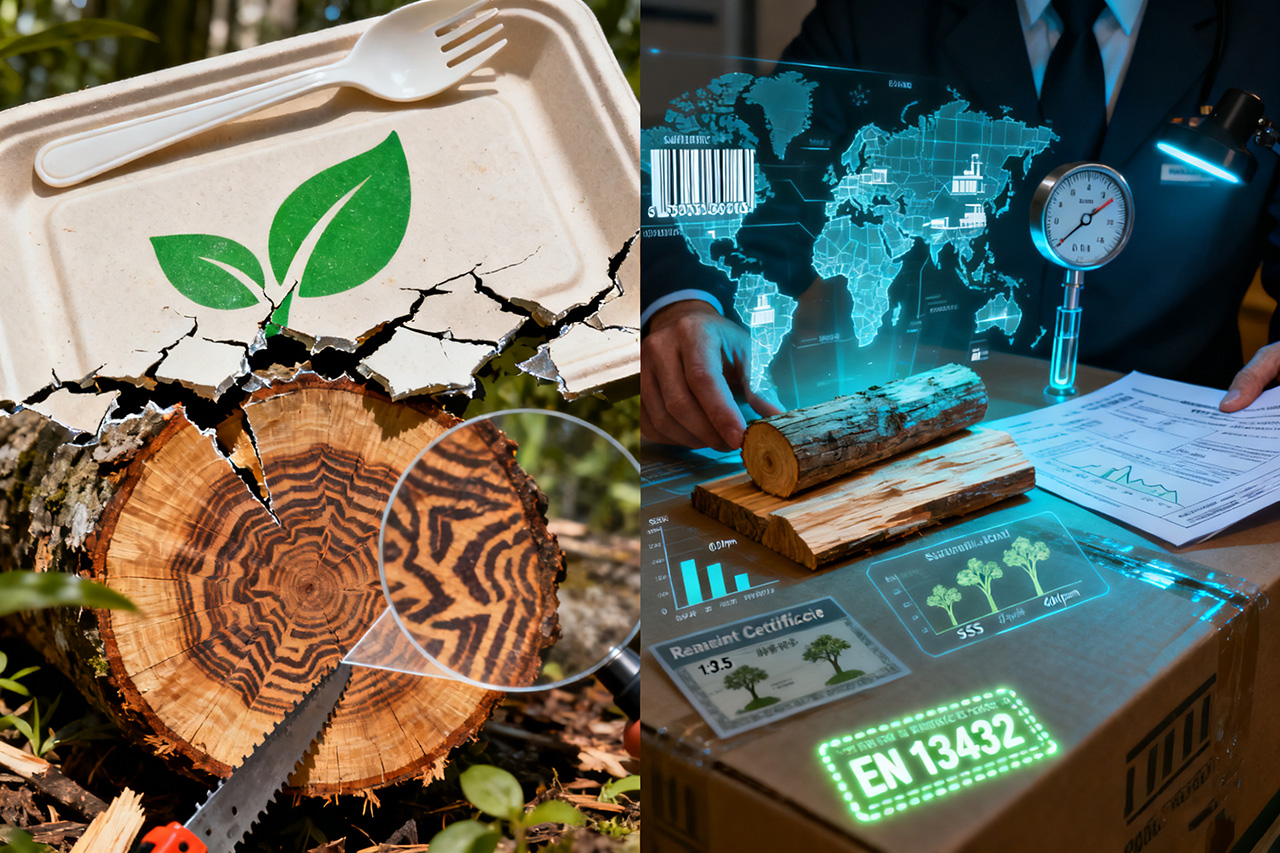
Wooden Cutlery Sustainability Checklist
| Verification Method | Ideal Standard | Red Flags |
|---|---|---|
| Forest Origin | GPS-mapped harvest coordinates | Mixed regional sourcing |
| Processing Waste | <5% material loss | Unaccounted sawdust |
| Energy Use | 60%+ biomass-powered | Coal drying kilns |
| Labor Practices | SMETA audited facilities | Subcontractor reliance |
- Closed-loop water systems for steaming
- Solar-assisted drying tunnels
- Cradle-to-Cradle certification
- Carbon-offset shipping programs
- Non-GMO wax coatings
What Certifications (FSC, BRC) Should Reliable Wooden Cutlery Suppliers Have?
Fake FSC certificates cost importers $3M+ in EU border seizures last year - learn to spot verifiable credentials. Legitimate suppliers maintain current FSC Chain-of-Custody (FSC-STD-40-004), BRCGS Packaging AA grade, and FDA 21 CFR §177.1390 compliance certificates renewed through unannounced audits.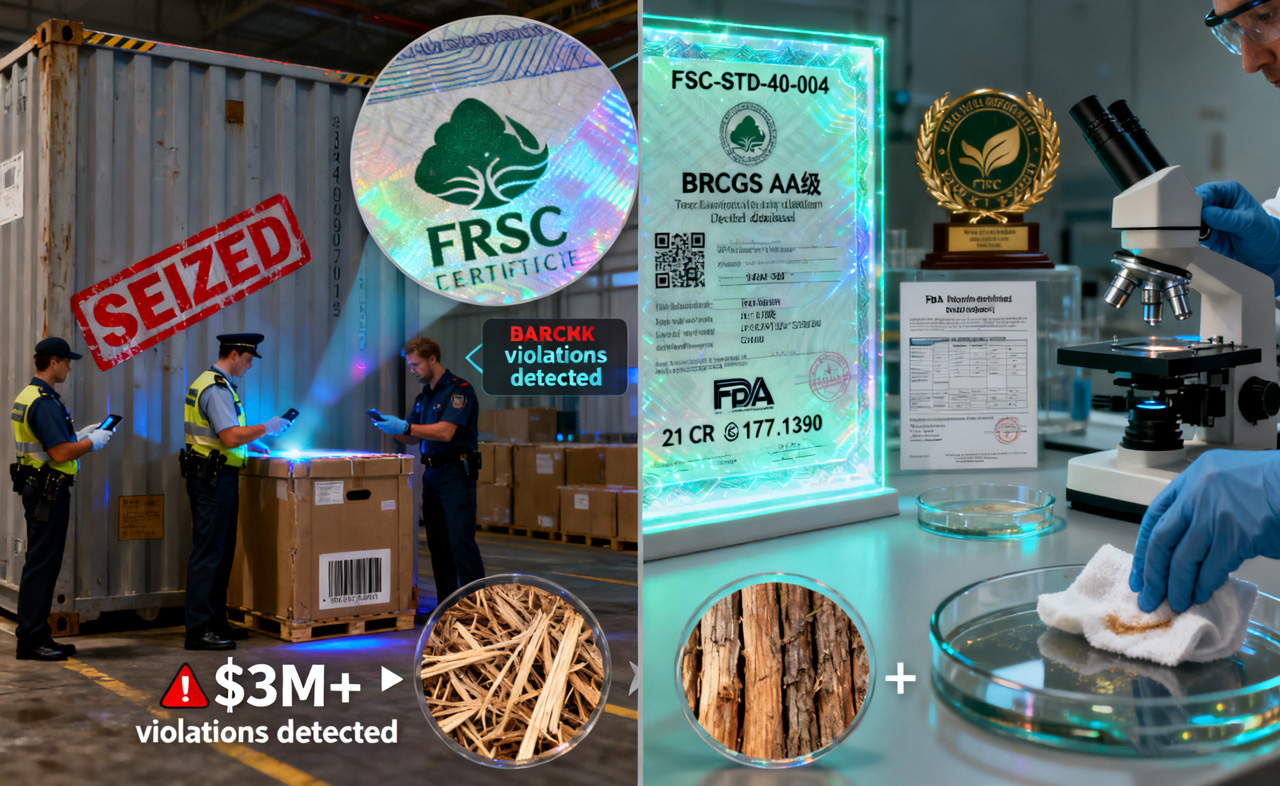
Must-Have Certifications Breakdown
| Certification | Purpose | Verification Method |
|---|---|---|
| FSC Mix | Ethical sourcing | Certificate # check via info.fsc.org |
| BRCGS | Food safety | Valid audit reports with CAPA |
| EC 1935/2004 | EU compliance | Migration test reports |
| ASTM D6400 | Compostability | 90-day disintegration tests |
- Formaldehyde (<0.1mg/dm²)
- Heavy metals (Pb<5ppm)
- Colony forming units (<100 CFU/g)
- Bending strength (>15N)
- Water absorption (<8% wt gain)
Are Birchwood or Bamboo Cutlery Sets More Cost-Effective for Importers?
Bamboo splinter complaints surged 140% last quarter - compare these materials' hidden operational impacts. While birchwood costs 12-18% less ($0.022/unit), bamboo's natural antimicrobial properties reduce replacement needs - creating 23% lower TCO (Total Cost of Ownership) for high-volume users.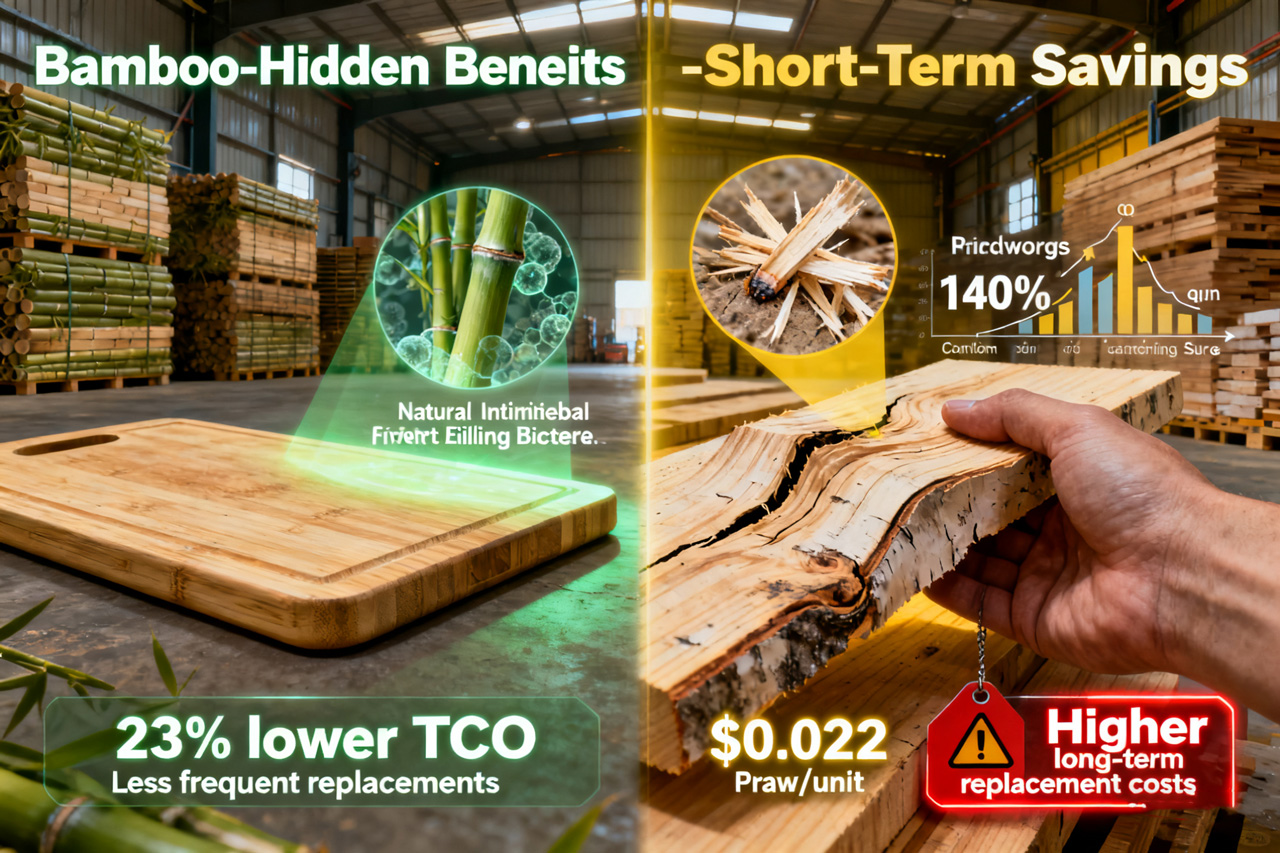
Material Comparison Matrix
| Factor | Birchwood | Bamboo |
|---|---|---|
| Unit Cost | $0.019-$0.024 | $0.025-$0.031 |
| Shelf Life | 24 months | 36 months |
| Breakage Rate | ≤2% | ≤5% |
| Carbon Footprint | 0.08kg CO₂ | 0.05kg CO₂ |
| Compost Time | 70-90 days | 60-80 days |
- Birch excels in break resistance (9N vs 7N)
- Bamboo self-sterilizes (87% fewer microbes)
- Thermal Conductivity affects mouthfeel
- Grain Patterns impact branding potential
- Humidity Sensitivity varies by species


